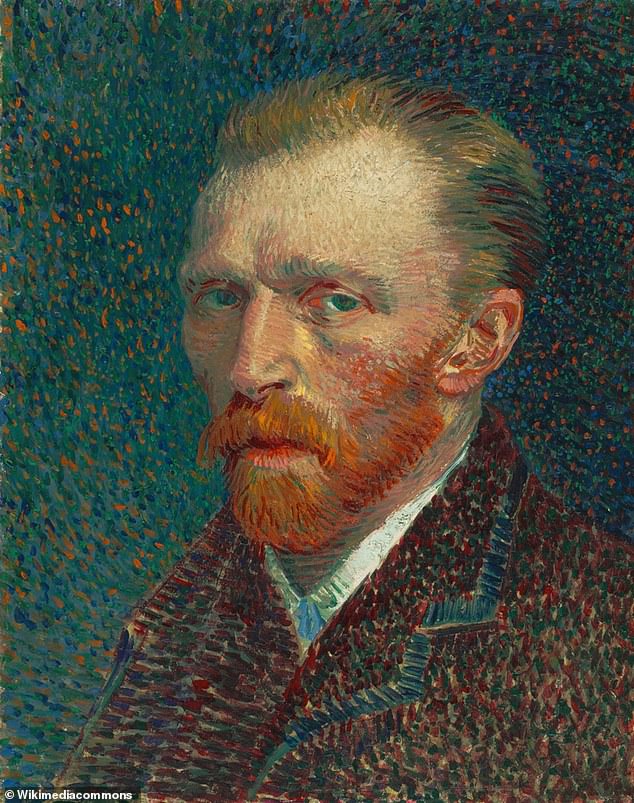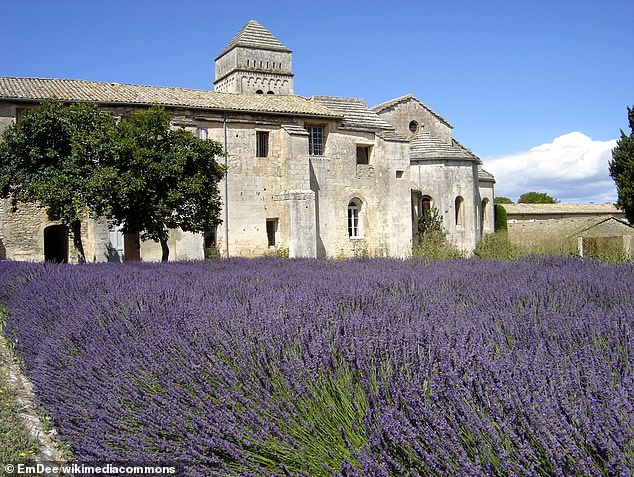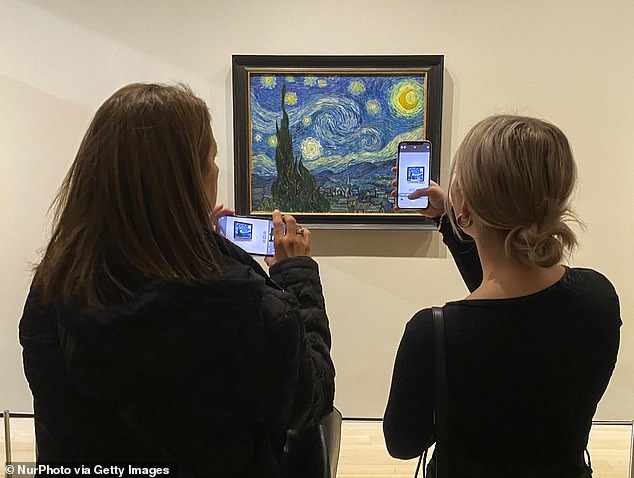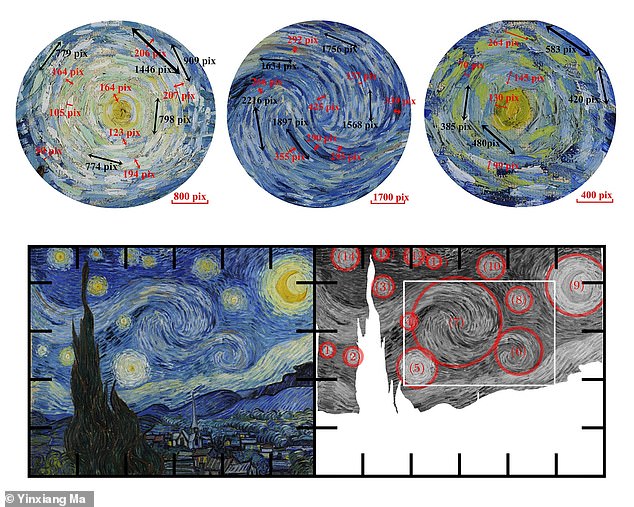Van Gogh’s Starry Night is scientifically accurate! Artist used brushstrokes to reveal hidden turbulence in the sky, study reveals
Vincent Van Gogh’s ‘The Starry Night’ is one of the most famous paintings in the world and was recently voted the greatest work of art of all time by the British.
The painting was painted in 1890 and the legendary, swirling background has long been seen as a reflection of the artist’s state of mind.
But new research suggests that the post-Impressionist masterpiece – housed in New York’s Museum of Modern Art – may actually have more scientific value than history gives it credit for.
According to researchers in China and France, it is an accurate representation of a windy night, revealing “hidden turbulence” – swirling air masses invisible to the naked eye.
Today, The Starry Night is considered his masterpiece, but Van Gogh called the painting a “failure” months after he painted it.
The photo shows Vincent van Gogh’s famous oil painting ‘Starry Night’, which the Dutch painter created in June 1889.
According to Yongxiang Huang, lead author of the study and a PhD candidate at the Hong Kong University of Science and Technology, “the art reveals a deep and intuitive understanding of natural phenomena.”
‘Van Gogh’s accurate depiction of turbulence may have come from his study of the movement of clouds and the atmosphere, or from an innate sense of capturing the dynamics of the air,’ the academic said.
The Starry Night is a famous oil painting on canvas that Vincent van Gogh created in June 1989, a year before his death at the age of 37.
The Dutchman was at the time staying in an institution in Saint-Rémy-de-Provence in the south of France, after having voluntarily admitted himself because of his ear mutilation the previous winter.
The iconic painting shows the view from the window, with bright stars and a crescent moon in the night sky. An imaginary village is depicted to complement the scene.
The sky is an explosion of colors and shapes, each star surrounded by ripples of yellow and white.
Meanwhile, wind gusts that are invisible to the naked eye are visualized as intricate vortices – which the researchers call “hidden turbulence.”

When he made ‘The Starry Night’, the Dutchman was in a psychiatric institution in Saint-Rémy-de-Provence in southern France. Pictured, Self-portrait, ca. 1887, Art Institute of Chicago

In May 1889, Van Gogh voluntarily admitted himself to the Saint-Paul-de-Mausole lunatic asylum, housed in a former monastery (pictured) in the south of France.

The painting was acquired around 1941 by the Museum of Modern Art in New York from a private Dutch collection, where it can still be seen (see photo).
Van Gogh’s brushstrokes create an illusion of moving skies so convincing that atmospheric scientists are questioning how much it matches the physical laws of real skies.
For their research, the experts analyzed a high-resolution digital image of the painting to unravel the “hidden turbulence” in the painter’s depiction of the sky.
In particular, they looked at the 14 main swirling shapes in the painting and the space between the swirling brushstrokes, which give the sense of the air moving from one point to another.
According to the researchers, the painting supports a physical theory called the “cascading energy theory.”
Here, the air moves from a larger, circular airflow (a ‘vortex’) to a smaller, circular airflow.
It also supports Russian mathematician Andrei Kolmogorov’s theory of turbulence, which describes how energy moves and behaves in a fluid when it flows in a chaotic or turbulent manner.
The results suggest that Vincent van Gogh had an “innate understanding of the dynamics of the atmosphere,” as he captured it with “surprising accuracy.”

The authors measured the distance between the swirling brushstrokes in “The Starry Night” along with differences in paint brightness to see if the laws that govern the physics of real skies also apply in the artist’s depiction. The results suggest that van Gogh had an innate understanding of atmospheric dynamics
In their new paper, published in Physics of fluidsthe authors conclude that the Dutchman made a ‘very careful observation’ of turbulent winds.
“He could convey not only the size of the eddies/vortices in his paintings, but also their relative distance and intensity,” they write.
It is unclear whether the authors are claiming that Van Gogh had an awareness of atmospheric physics that none of us have been aware of until now, or whether it is simply luck that the painting fits in with “real physics.”
Ultimately, interpretations of the famous work – a scene Van Gogh recreated from memory because he was not allowed to paint in his bedroom – will continue.
In the center of the painting is the largest swirl. This is not interpreted as a hidden air vortex, but as another galaxy.
American artist and photographer Michael Benson claimed in 2015 that ‘The Starry Night’ is a drawing of the Whirlpool Galaxy, officially named M51a.
The Whirlpool Galaxy is located about 23 million light-years away and is about the same size as the Milky Way, with a diameter of about 60,000 light-years.
But we know that ‘The Starry Night’ is not an entirely accurate representation of the scene, as the village with houses and a church with a striking tower was the result of creative license.
Documents also show that the moon was in its waning phase when the artwork was created, meaning that the moon would have appeared larger than the crescent moon depicted in the upper right corner.
